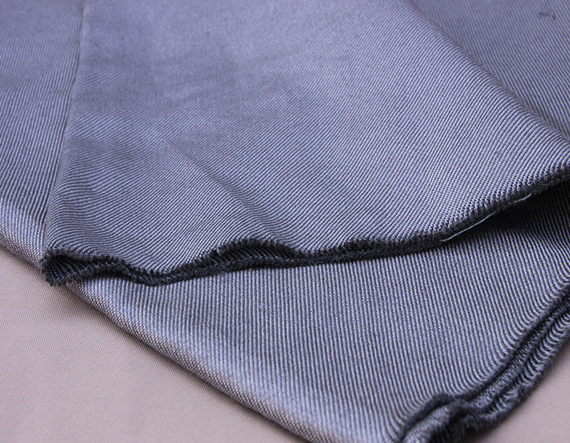Stainless steel fiber is a versatile and innovative material used across various industries for its unique properties and benefits. From enhancing the performance of composite materials to improving the durability of products, stainless steel fiber offers a wide range of advantages. This article delves into the key benefits of stainless steel fiber and its applications.
One of the most notable advantages of stainless steel fiber is its exceptional strength and durability. Stainless steel fibers are known for their high tensile strength, which contributes to the overall robustness of the materials they reinforce. This results in:
Enhanced Structural Integrity: Products and materials reinforced with stainless steel fiber can withstand higher loads and stresses without deforming or breaking.
Longevity: The durability of stainless steel fiber ensures that the products maintain their structural integrity over a longer period, reducing the need for frequent replacements.
Stainless steel is renowned for its resistance to corrosion, making stainless steel fiber an excellent choice for applications exposed to harsh environments. The benefits include:
Extended Lifespan: The corrosion-resistant properties of stainless steel fiber protect materials from rust and degradation, particularly in environments with high humidity or exposure to chemicals.
Low Maintenance: Products incorporating stainless steel fiber require less maintenance and are more reliable over time, saving costs related to repairs and replacements.
Stainless steel fiber exhibits high resistance to heat and fire, making it an ideal material for applications requiring thermal stability. This includes:
High-Temperature Applications: Stainless steel fiber can withstand extreme temperatures without losing its properties, making it suitable for use in high-temperature environments like furnaces and engines.
Fire Safety: Its fire-resistant nature enhances the safety of materials used in construction, automotive, and aerospace industries, where fire hazards are a concern.
Another significant advantage of stainless steel fiber is its electrical conductivity. This property is particularly beneficial in:
Electromagnetic Shielding: Stainless steel fiber can be used in electronic devices and equipment to shield against electromagnetic interference (EMI), ensuring proper functioning and longevity of sensitive components.
Electrical Applications: The conductivity of stainless steel fiber makes it useful in applications requiring electrical grounding and static discharge control.
Stainless steel fiber can be manufactured in various forms, such as woven fabrics, non-woven mats, or blended with other materials. This flexibility allows it to be used in diverse applications, including:
Composite Materials: Stainless steel fiber can be combined with other materials like polymers and ceramics to enhance their mechanical properties.
Textiles and Fabrics: In the textile industry, stainless steel fiber is used to create fabrics that offer durability, flexibility, and conductivity.
The use of stainless steel fiber also offers environmental advantages. Stainless steel is 100% recyclable, contributing to sustainability efforts by reducing waste and conserving resources. Additionally:
Reduced Carbon Footprint: The durability and long lifespan of stainless steel fiber mean fewer replacements and less waste, leading to a lower overall carbon footprint.
Eco-Friendly Production: Advances in manufacturing processes have made the production of stainless steel fibers more efficient and environmentally friendly.
Stainless steel fiber provides numerous advantages, from superior strength and durability to corrosion and heat resistance. Its electrical conductivity, flexibility, and environmental benefits make it a valuable material in various industries, including construction, automotive, aerospace, and textiles. Understanding these benefits helps industries leverage stainless steel fiber to enhance product performance and sustainability.
For more information or assistance in selecting the right stainless steel fiber for your applications, please contact us. Our suppliers are ready to provide expert guidance and support to help you find the best solutions for your needs.

Copyright © Xiongxian texcraf Technology Co., LTD. All Rights Reserved | Sitemap